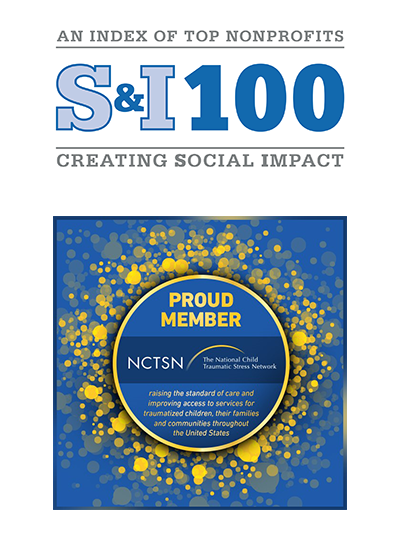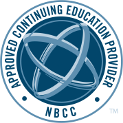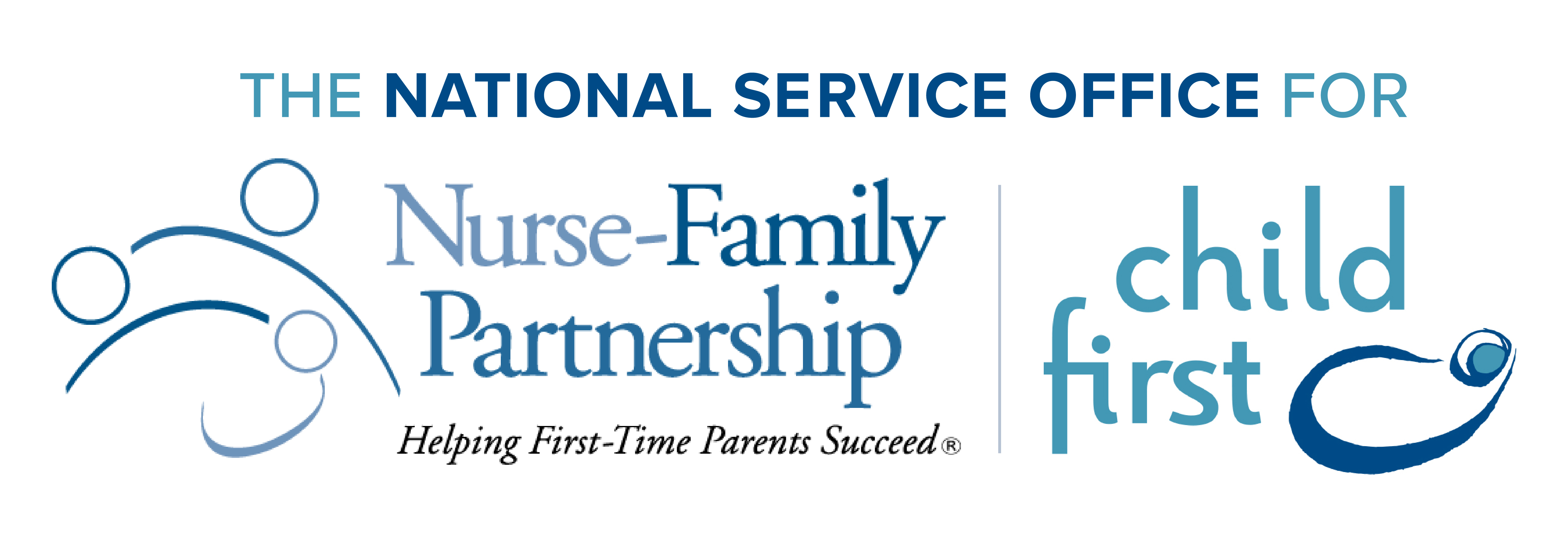Child First Eligibility
Any child who is under six years of age may be referred to Child First. This includes referrals for a woman during the prenatal period. Children are eligible if they have emotional or behavioral problems, developmental or learning problems, or come from environments in which there is considerable risk to their health and development. Formal screening does not have to occur prior to referral. There are no exclusion criteria, other than the specific geographic area served by the Child First program. Child First will serve families with parental mental illness, substance abuse, incarceration, domestic violence, living in shelters, or with undocumented status. It is expected that many of the families will have active involvement with child protective services (in Connecticut, the Department of Children and Families-DCF), including children in foster care.
Sources of Referrals
Child First receives referrals from a wide variety of sources, ranging from self-referrals to community agency referrals. Many of these referral sources are active participants in the Child First Community Advisory Board. It is important that the sources of referrals be tracked to be sure that Child First is reaching the most vulnerable populations. If not, then there is need for increased community outreach.
Reasons for Referrals
Many of the children will be referred to Child First because they have an emotional/behavioral problem. However, there are many other reasons for referral which might be “preventive” in nature, e.g., maternal depression or witness to domestic violence. In most families, there are multiple reasons for referral. It is important these reasons be captured on the referral form, or recorded during the intake process.
Referral Process
The referral process is defined by the Affiliate Agency, with some recommendations provided by the Child First National Program Office. Key elements of effective referral processes include:
-
Referrals may be made by a provider, parent, or other caregiver. However, there must be at least verbal permission granted by the parent/guardian prior to making the referral. The actual written permission will be obtained at the time of the first visit with the family or prior to the visit if the child protective services agency is the guardian.
-
Families do not need to come into the Affiliate Agency office prior to beginning Child First intervention. This would eliminate some of our highest risk families from accessing our services.
-
If the referral appears to be an emergency, meaning the child must be seen within 24 hours, then the Clinical Director needs to call the referring agency or parent and recommend that an emergency service be contacted (e.g., Emergency Mobile Psychiatric Services in Connecticut).
-
A call to the referring source - agency or caregiver - is made within 24 to 48 hours of receipt of referral.
-
While generally children are served based on the time of referral (and placed on the waiting list accordingly), when there is an urgent need, these children and families are given priority. The Child First Priority Procedure guides this process. In Connecticut, priority is also given to children and families who have current DCF involvement.
To make a referral to Child First, you can locate a program's contact information by selecting, and filling in the locator information at this link, State Affiliate site.







